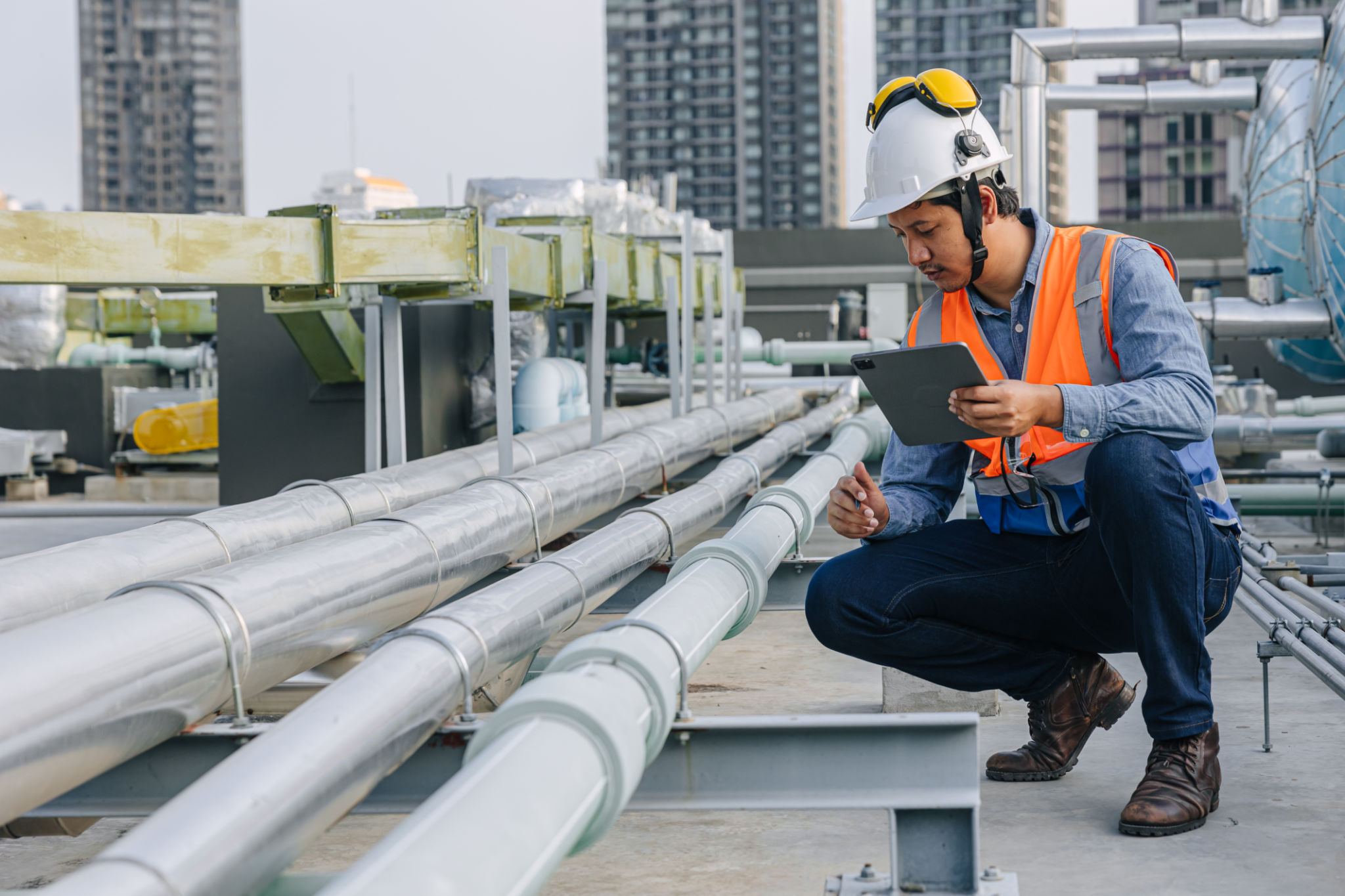Myth-Busting Backflow Prevention: What You Need to Know
Understanding Backflow Prevention
Backflow prevention is a crucial aspect of maintaining safe and clean water systems, but it is often surrounded by misconceptions. To ensure the protection of your water supply, it is essential to understand what backflow prevention is and how it works. At its core, backflow prevention aims to prevent contaminated water from flowing back into the clean water supply.

Many people mistakenly believe that backflow incidents are rare or only occur in large industrial settings. However, backflow can happen in residential areas too, posing a risk to public health. Recognizing the importance of backflow prevention devices in everyday life is the first step towards safeguarding our water systems.
Common Myths About Backflow Prevention
Myth 1: Backflow Devices Are Only Necessary for Industrial Use
A common misconception is that backflow prevention devices are only required in factories or large commercial buildings. In reality, residential properties are just as susceptible to backflow incidents. Situations like garden hoses submerged in swimming pools or chemical-laden irrigation systems can lead to contamination of the main water supply. Installing a backflow prevention device in your home can prevent these risks.
Myth 2: Backflow Prevention Devices Are Expensive
Another prevalent myth is that backflow prevention devices are prohibitively expensive. While there is an initial cost involved, the potential savings from preventing contamination are significant. Moreover, many municipalities offer incentives or rebates to encourage homeowners to install these devices, making them more affordable.

The Importance of Regular Testing and Maintenance
Even the best backflow prevention devices require regular testing and maintenance to function effectively. Many people overlook this aspect, assuming that once installed, these devices need no further attention. However, regular inspection by a certified technician ensures that your device operates correctly and complies with local regulations.
Testing Frequency
The frequency of testing varies depending on local regulations and the type of device installed. Generally, annual testing is recommended to ensure optimal performance. Keeping a record of these tests can help identify any issues early and prevent potential contamination.

How to Choose the Right Backflow Prevention Device
Selecting the appropriate backflow prevention device can seem daunting, but understanding your specific needs simplifies the process. Factors such as the type of property, water usage patterns, and local regulations play a crucial role in determining the right device for your situation.
- Residential properties: Usually require simple devices like double-check valves or pressure vacuum breakers.
- Commercial properties: May need more complex systems depending on their size and water usage.
- Agricultural settings: Often require specialized devices due to the extensive use of chemicals and irrigation systems.
Consulting with a professional can provide valuable guidance in selecting the most effective device for your property.